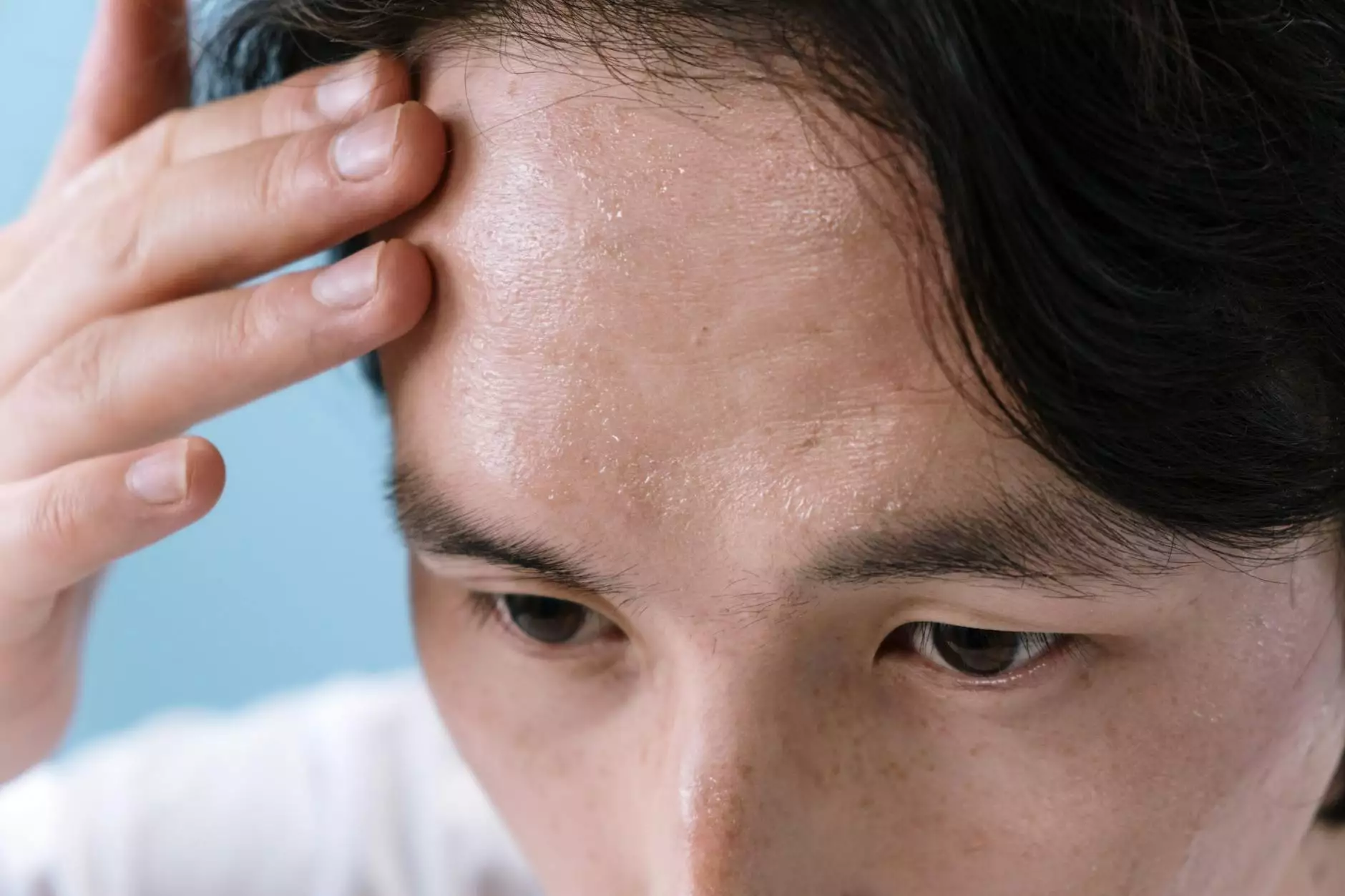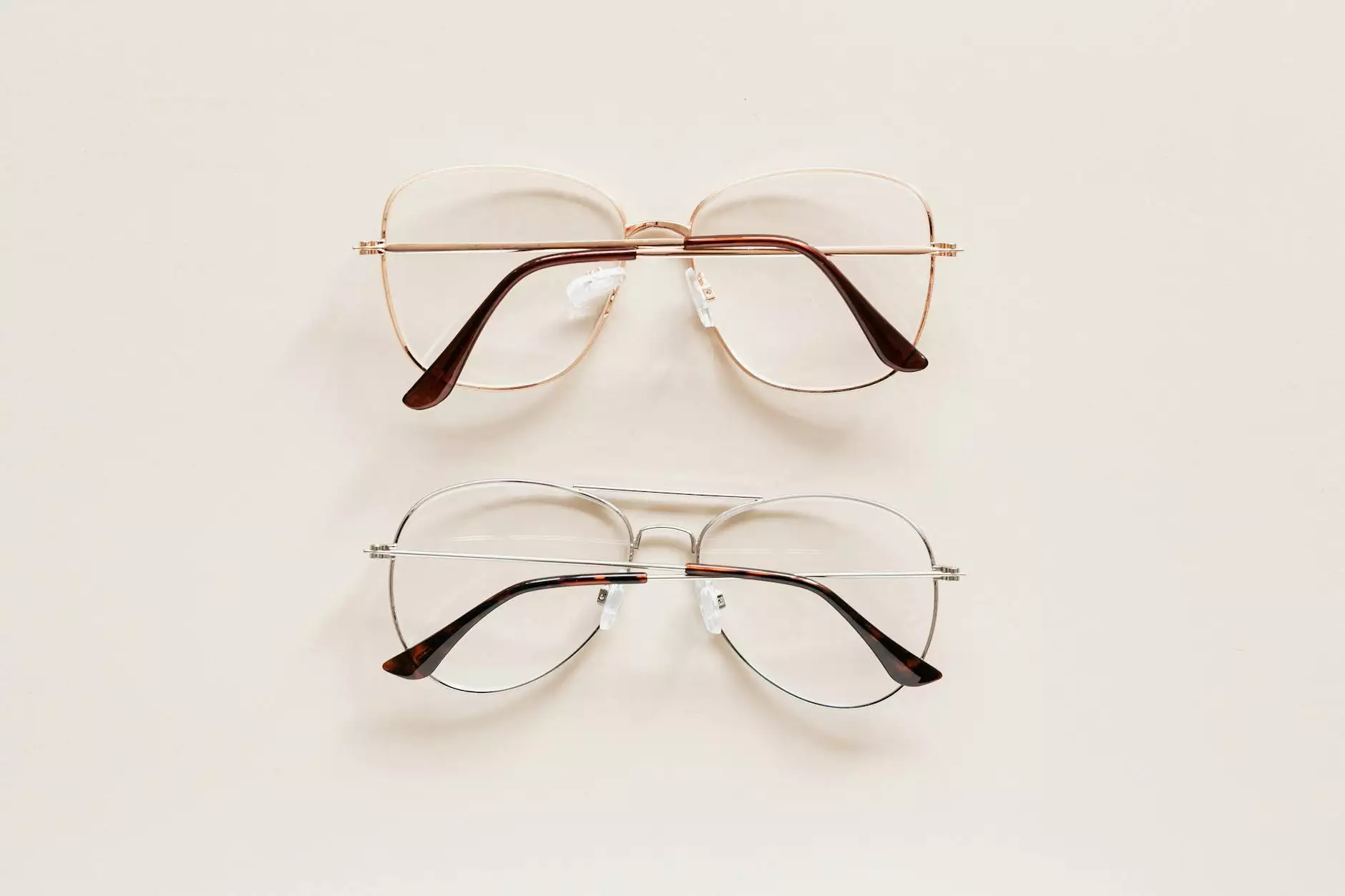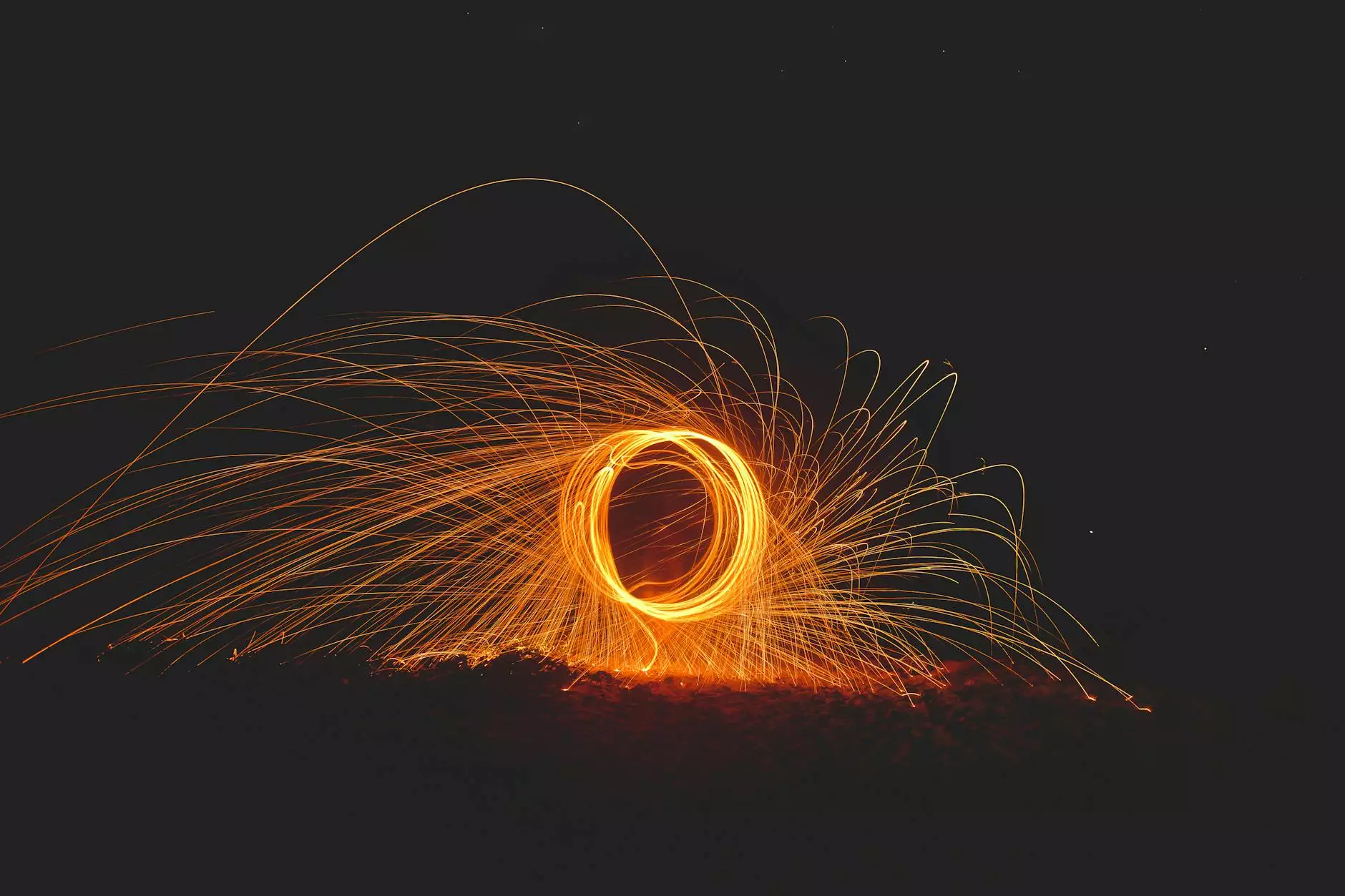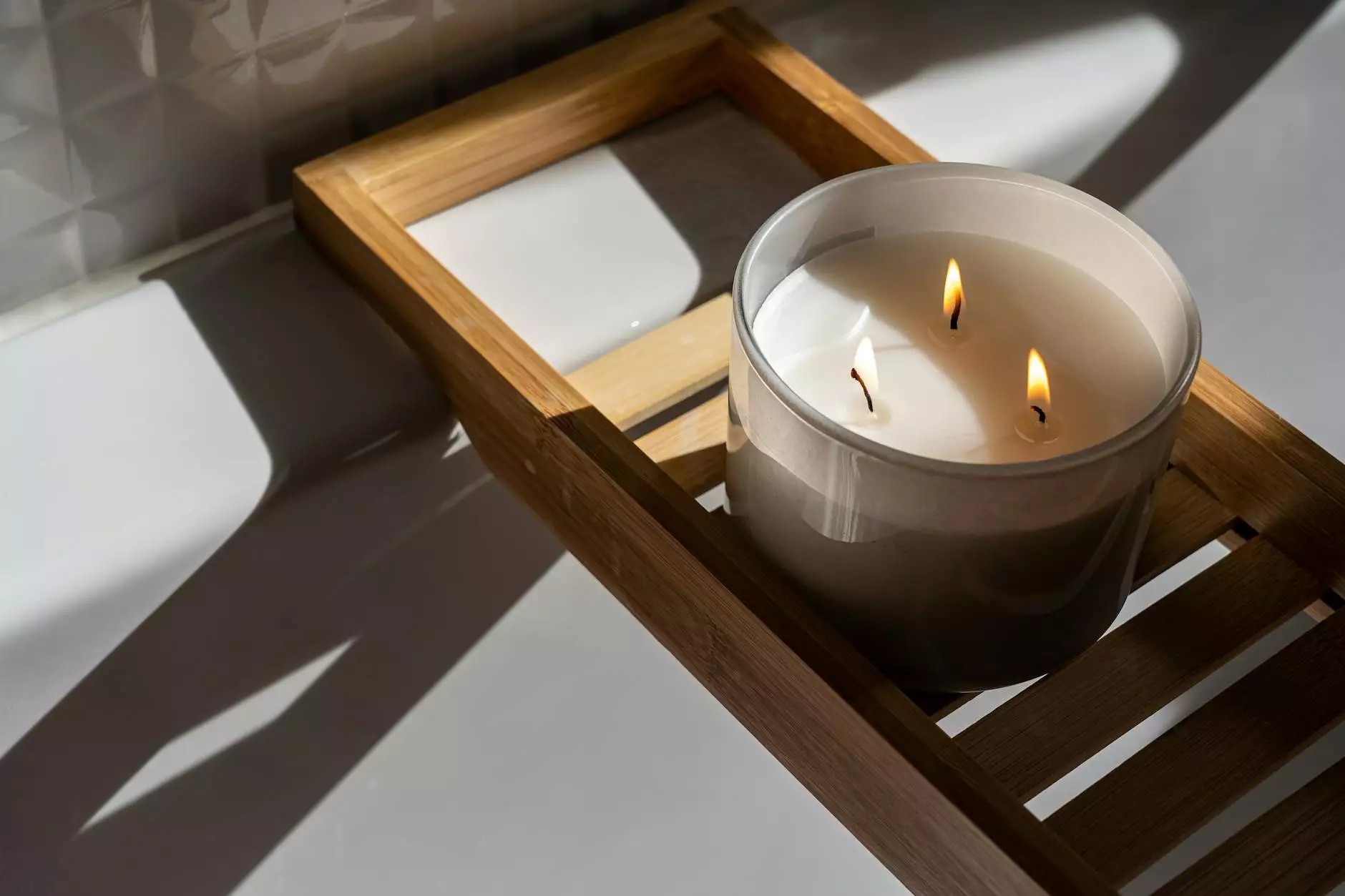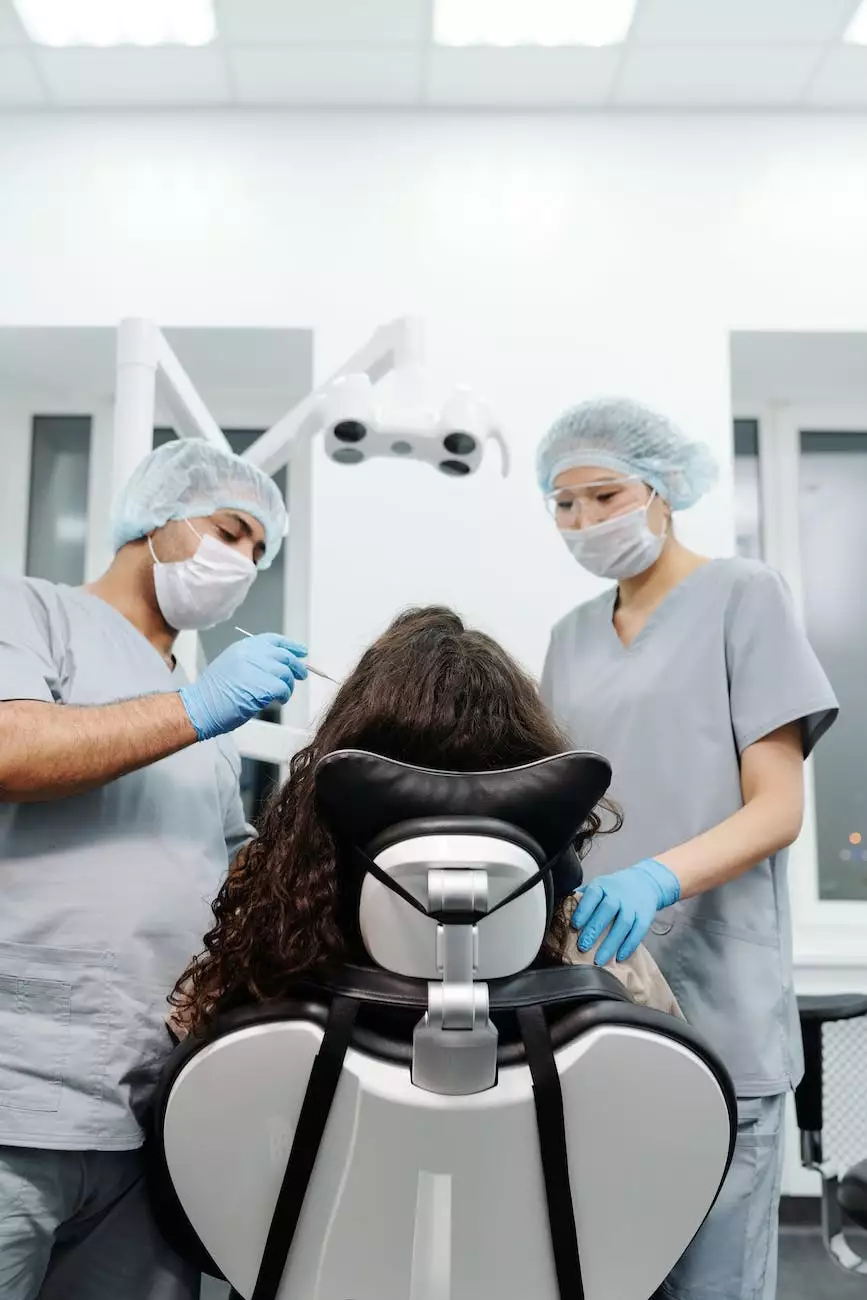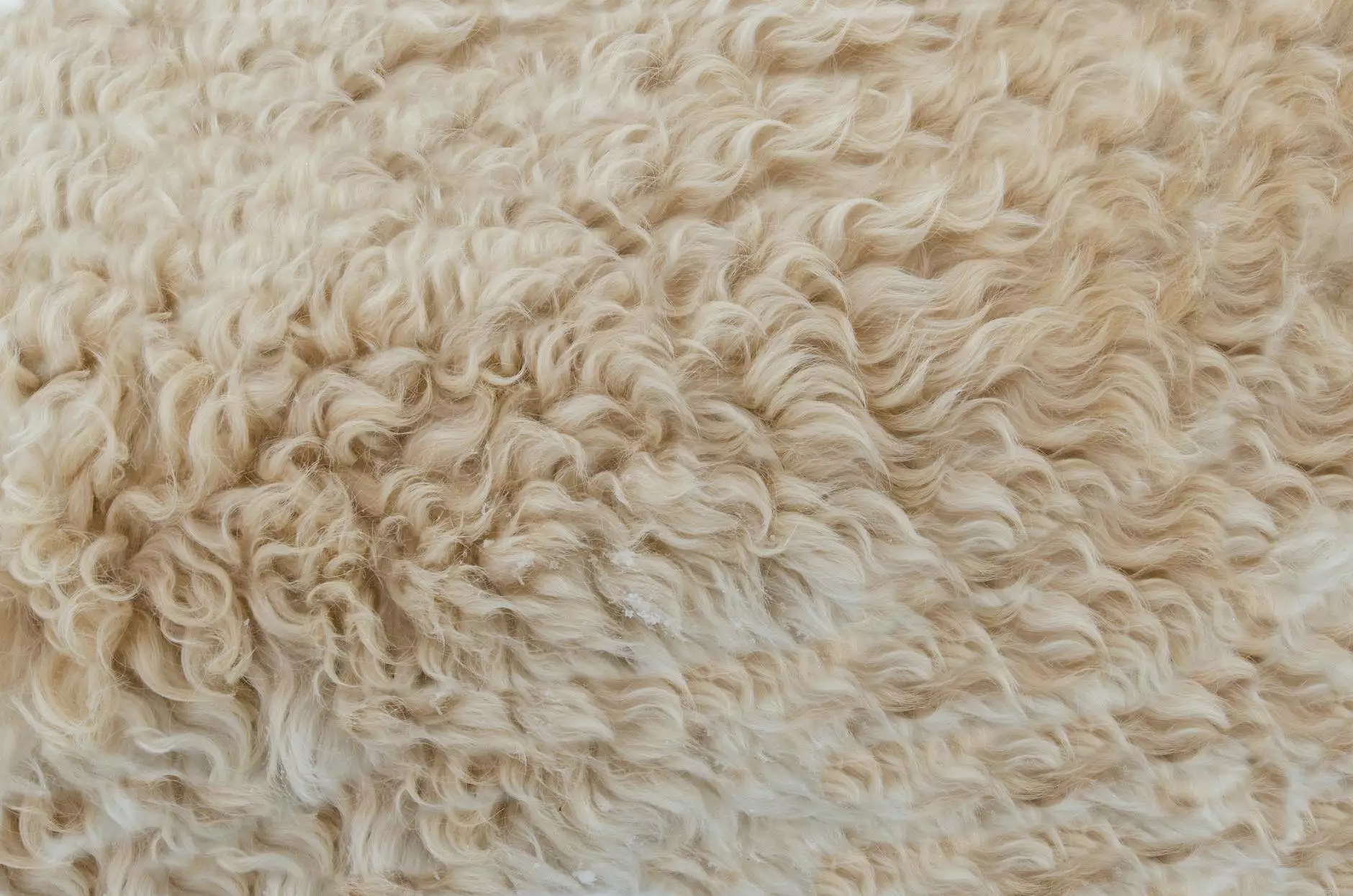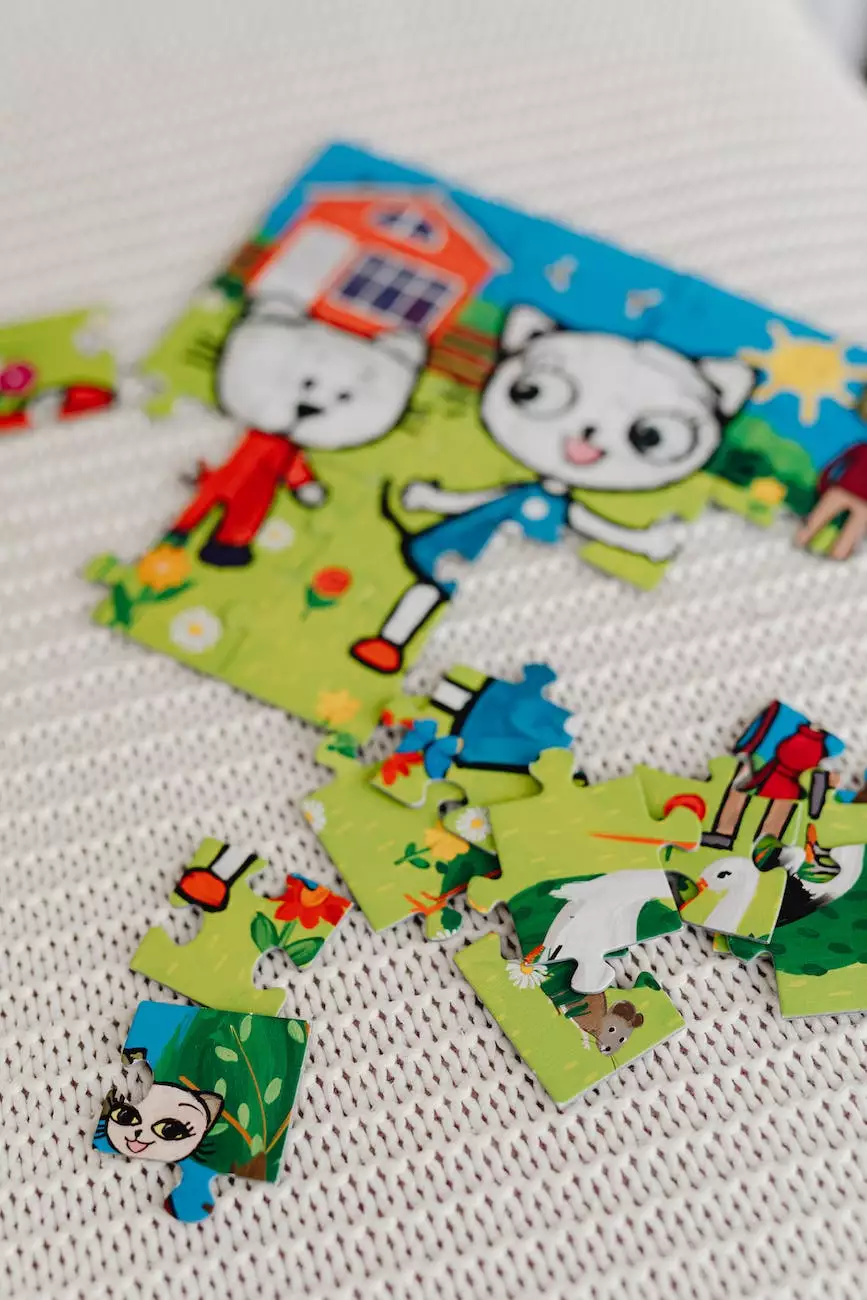Kenophobia (Fear of Empty Spaces): Symptoms and Treatments
Services
Welcome to Benjamin Shettell, MD, your trusted source for comprehensive health information. In this article, we delve into kenophobia, a specific phobia characterized by an intense and irrational fear of empty spaces. By exploring its symptoms, causes, and various treatment options, we aim to provide you with valuable insights to help you understand and overcome this anxiety disorder.
Understanding Kenophobia
Kenophobia, sometimes referred to as the fear of empty spaces or cleithrophobia, can have a profound impact on an individual's daily life. People with kenophobia experience excessive and persistent fear when confronted with open areas, whether indoors or outdoors. This includes spaces such as large rooms, parking lots, plazas, open fields, and more.
This fear often leads to avoidance behaviors, limiting individuals from engaging in normal activities and compromising their overall well-being. Kenophobia can significantly disrupt one's personal and professional life, causing distress and anxiety.
Symptoms of Kenophobia
The symptoms of kenophobia can vary in intensity and may manifest differently in each individual. Common symptoms associated with kenophobia include:
- Anxiety: A constant feeling of fear and unease when faced with empty spaces.
- Panic Attacks: Intense episodes of fear or discomfort, often accompanied by physical symptoms such as rapid heartbeat, shortness of breath, sweating, and trembling.
- Avoidance Behavior: The tendency to avoid situations that trigger the fear of empty spaces, resulting in limitations in everyday activities.
- Physical Discomfort: Tightness in the chest, dizziness, nausea, and other physical sensations when exposed to empty spaces.
- Emotional Distress: Overwhelming feelings of helplessness, fear of losing control, or belief that the empty space will harm them.
- Difficulty Concentrating: Inability to focus or concentrate properly, especially when surrounded by empty spaces.
Possible Causes of Kenophobia
The exact causes of kenophobia are not fully understood. However, several factors may contribute to the development of this fear:
- Past Traumatic Experience: Individuals who have experienced traumatic events in empty spaces, such as being trapped for prolonged periods, may develop kenophobia.
- Genetics: Some studies suggest a potential genetic predisposition to anxiety disorders, including specific phobias like kenophobia.
- Learned Behavior: Observing and modeling a fearful response to empty spaces from family members or peers can contribute to the development of kenophobia.
- Anxiety Sensitivity: High sensitivity to experiencing anxiety and interpreting bodily sensations in a negative way can increase the likelihood of developing specific phobias.
Treatment Options for Kenophobia
Managing kenophobia involves a comprehensive approach that focuses on overcoming fears and alleviating symptoms. Here are some potential treatment options:
Cognitive-Behavioral Therapy (CBT)
CBT is a widely recognized and effective therapeutic approach for treating anxiety disorders. It involves identifying and modifying negative thought patterns and behaviors related to kenophobia. Through gradual exposure to empty spaces, CBT helps individuals develop healthier coping mechanisms and reduces anxiety levels significantly.
Exposure Therapy
Exposure therapy is a form of CBT that specifically targets the fear of empty spaces. With the guidance of a mental health professional, individuals gradually expose themselves to controlled situations involving open spaces. Over time, this desensitization process helps in reducing anxiety and fear responses.
Medication
In some cases, medication may be prescribed alongside therapy to manage severe symptoms of kenophobia. Antidepressants or anti-anxiety medications can help regulate brain chemistry and reduce overall anxiety levels. It is crucial to consult with a healthcare professional to evaluate the benefits and potential side effects of medication.
Self-Help Strategies
In addition to professional treatment, there are various self-help strategies that can complement recovery from kenophobia. These may include relaxation techniques, stress management, regular exercise, and seeking support from friends, family, or support groups. Engaging in activities that promote a sense of safety and security can also be beneficial.
Conclusion
Kenophobia, the fear of empty spaces, can be highly distressing and impact an individual's quality of life. Recognizing the symptoms and seeking appropriate treatment is essential for overcoming this specific phobia. With the guidance of Benjamin Shettell, MD, you have access to valuable information and treatment options that can help you or your loved ones face and conquer kenophobia. Take control of your anxiety disorder and embark on a journey towards improved well-being.

